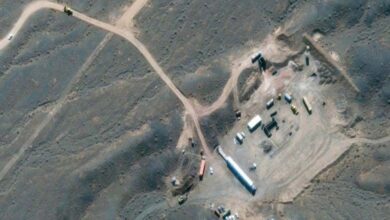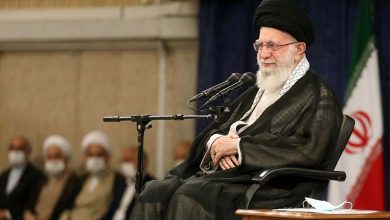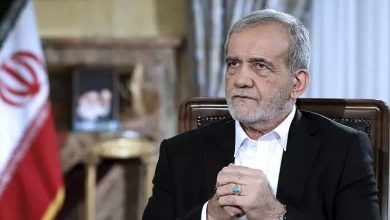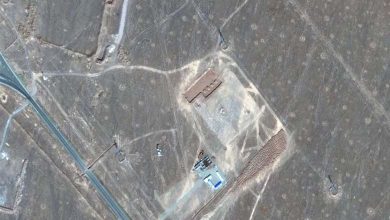New Sanctions Imposed by Iranian Regime on Non-Veiled Women – Details
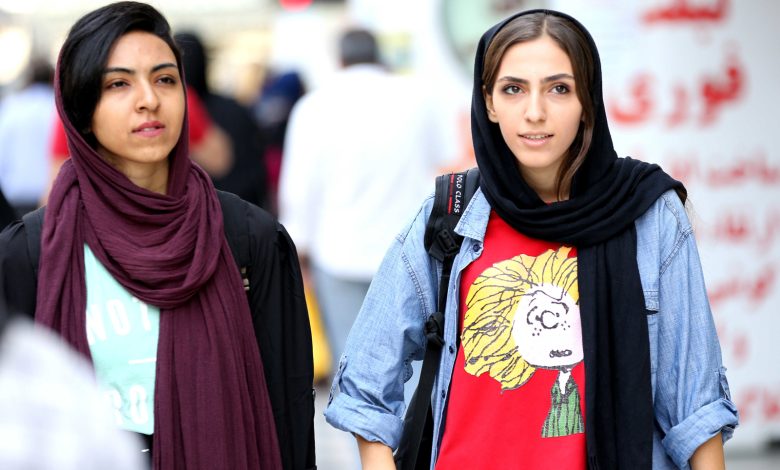
The Iranian regime has used its power to impose measures to control various aspects of citizens’ public and private life, including strict dress codes that are considered a strong indicator of social and political backwardness, especially in their enforcement methods.
These strict rules and their methods of implementation have led to the death of 22-year-old Kurdish Mahsa Amini on September 16, sparking angry popular protests that threaten to bring down the Iranian regime. However, the head of the Judiciary Committee in the Iranian Parliament, Moussa Ghazanfar Abadi, recently announced that a text message will soon be sent to those who do not wear the hijab.
In the next step, the Iranian official added that if the girl persists in her position, she will be fined and her national ID card banned until she pays the fine. He added that all social services will be barred from her until she pays the fine and commits to wearing the hijab.
The law banning the wearing of headscarves in cars is on the agenda as it was in the past, he said, adding that text messages are frequently sent to those who do not comply.
He also announced a new draft law soon to define those who do not wear the hijab in streets and other places, to be revealed through a “monitoring system”, so that a violation can be recorded and eventually denied social services.
Responding to the possibility that the law could increase opposition in the country, the official claimed that the law on the obligation to wear a seatbelt in a car was not rejected, stressing the need to implement the hijab law.
Iranian authorities returned to sending women SMS messages about the hijab some time ago, after announcing the cancelation in order to prevent further escalation.
These developments came as Iran’s months-long protest in the country remained unabated; The death of young Mahsa Amini, who was accused by protestors of killing police after she was detained for improperly wearing a headscarf, is denied by the Iranian authorities.
The young woman’s death sparked anger among Iranians on several issues in Iran; These include restrictions on personal freedoms and strict dress codes for women, the living and economic crisis Iranians are facing, not to mention the harsh laws imposed by the regime and its political structure in general.
“The security and political authorities have resorted to violence, censorship and censorship, whether by cutting off the internet or using live bullets to disperse protesters, and arresting university students and even schoolchildren, killing hundreds of people to date.”
The country has seen numerous protests, including the removal of headscarves by girls, in solidarity with what happened to the Kurdish girl.
The Wall Street Journal said the ongoing protests in Iran have been sufficient to expose the regime’s flaws, reporting that the regime in Tehran plans to impose sanctions on women who violate the hijab’s dress code, replacing detention with sanctions that can extend to international travel bans and financial fines.
Tehran’s less confrontational style reflects its attempt to mitigate widespread anger in the country, the paper noted.
Iran issued new policies instructing police to refrain from arresting and fining women who violate its strict dress code, Isna news agency quoted Public Prosecutor Mohammad Jafar Montazeri as saying, a month after the dissolution of the morality police, which had a long history of assaulting and beating women for “irregularities.”






